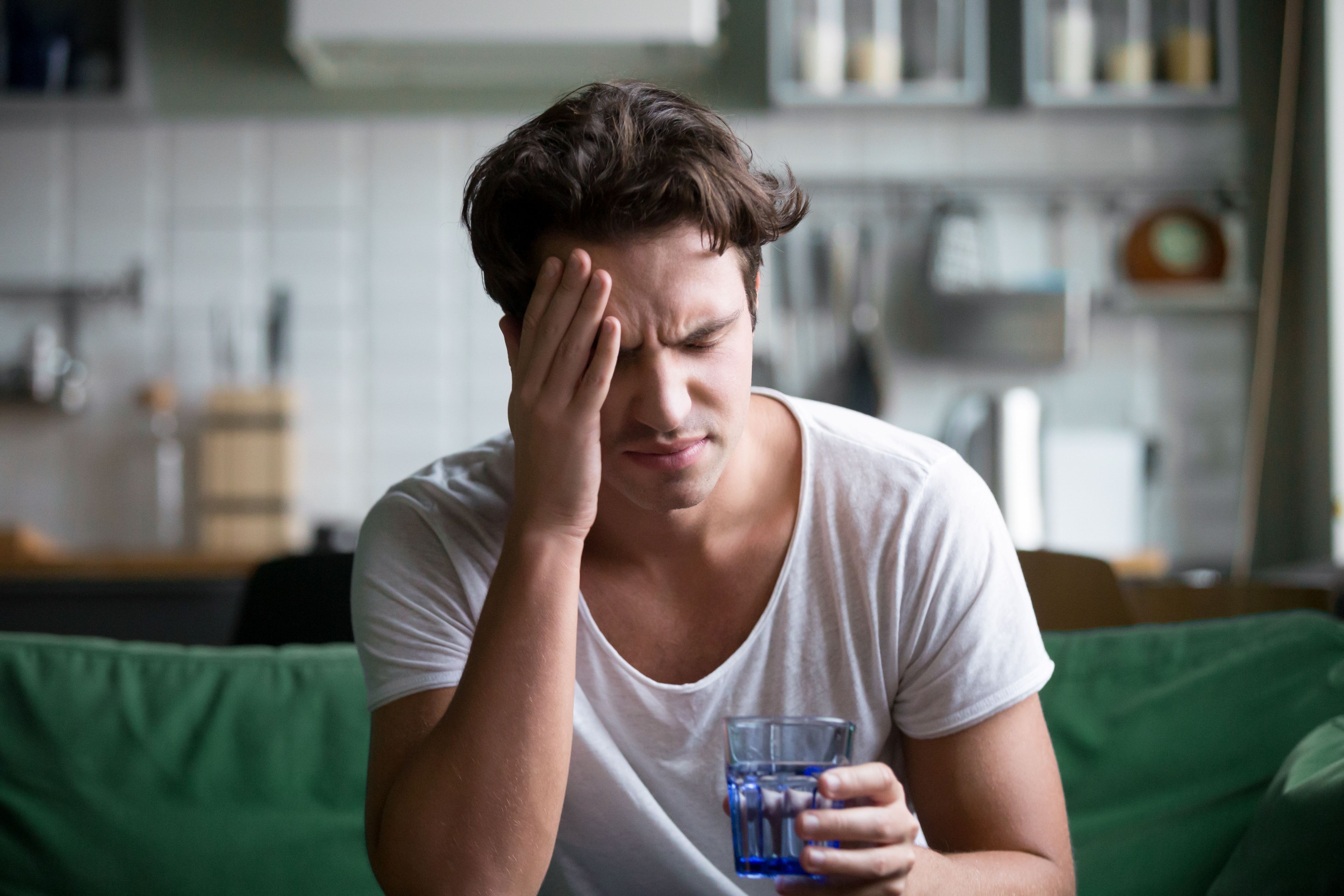Concussion
Concussion Recovery Has Evolved: Active, Individualised, and Evidence Based

Sport and Exercise Physician | Managing Director
Published
November 14, 2025

Sport and Exercise Physician | Managing Director
Published
November 14, 2025

Our understanding of concussion has come a long way. The active, targeted approach to recovery that was first developed in sport is now recognised as best practice for all forms of concussion, including those sustained at work, on the road, or after a simple fall.
At Axis, we have been part of that evolution. Over the past decade, our clinical approach has changed in response to emerging research, including studies led by our own clinicians and published in peer reviewed journals. The science shows that early, guided activity, rather than prolonged rest, helps people recover faster and more completely.
What began as an approach for athletes returning to play now guides recovery for everyone, even those who do not regularly exercise. The principle is the same: a graded return to normal activity at a level that does not worsen symptoms.
For an athlete, that might mean light cycling or jogging. For someone with a desk-based job, it could mean short periods of work, gentle walks, or simply resuming day to day tasks in small, manageable blocks. The goal is not rest until symptoms vanish; it is progressive re engagement with life while respecting your limits.
Concussion affects people in different ways. Some experience dizziness, other headaches, neck pain, or difficulties with focus and mood. We tailor treatment to each person, addressing the specific systems involved such as vestibular, cervical, visual, mood, or autonomic.
This individualised approach helps ensure recovery is complete and reduces the risk of lingering symptoms.
For many people, especially teenagers, being online is central to staying connected with friends, study, and the world. While it is sensible to reduce screen time if it triggers symptoms, total avoidance is not always helpful. In fact, isolation and loss of connection can make recovery harder.
The key is moderation: use screens in short, symptom limited bursts, take regular breaks, and avoid the “boom and bust” pattern of overdoing things followed by enforced rest.
Returning to work, study, or social activity in small, structured doses supports recovery by helping the brain and body recalibrate. Even modest activity, done consistently, has measurable benefits.
Our team combines medical expertise with active rehabilitation principles to support safe, evidence-based recovery. We continue to contribute to international concussion research while applying those lessons in daily practice.
Whether your concussion happened on the field or at home, recovery does not come from doing nothing; it comes from doing the right things, at the right pace, with the right support.